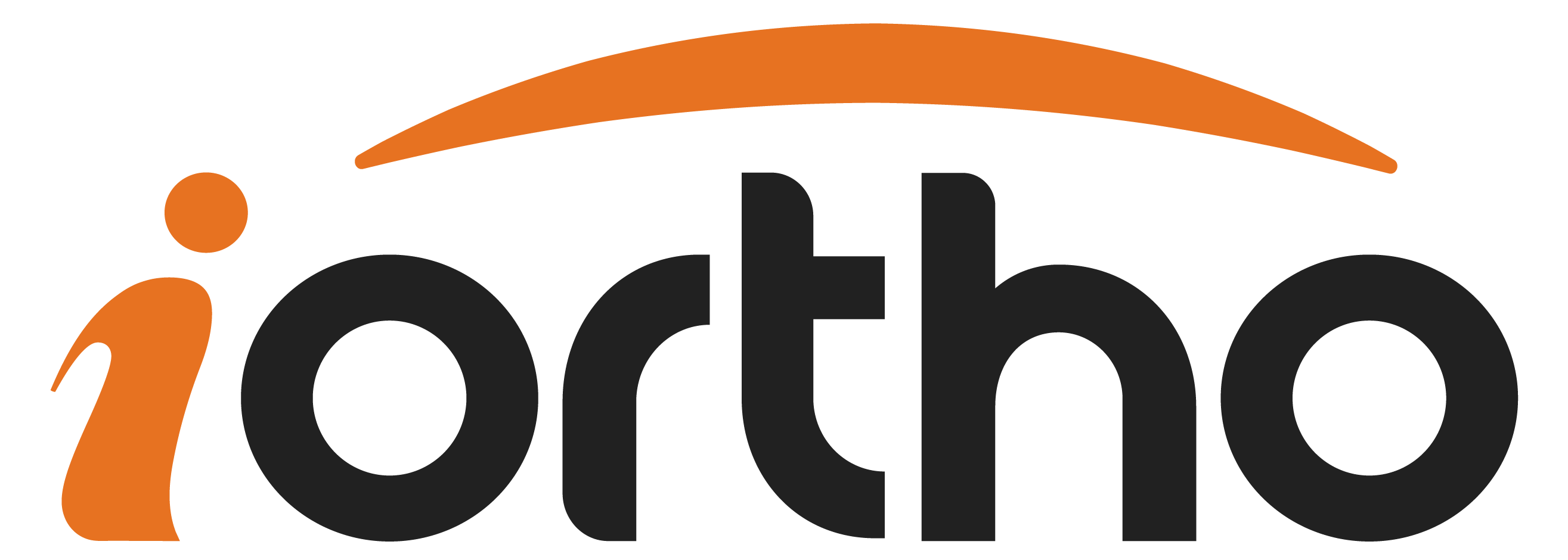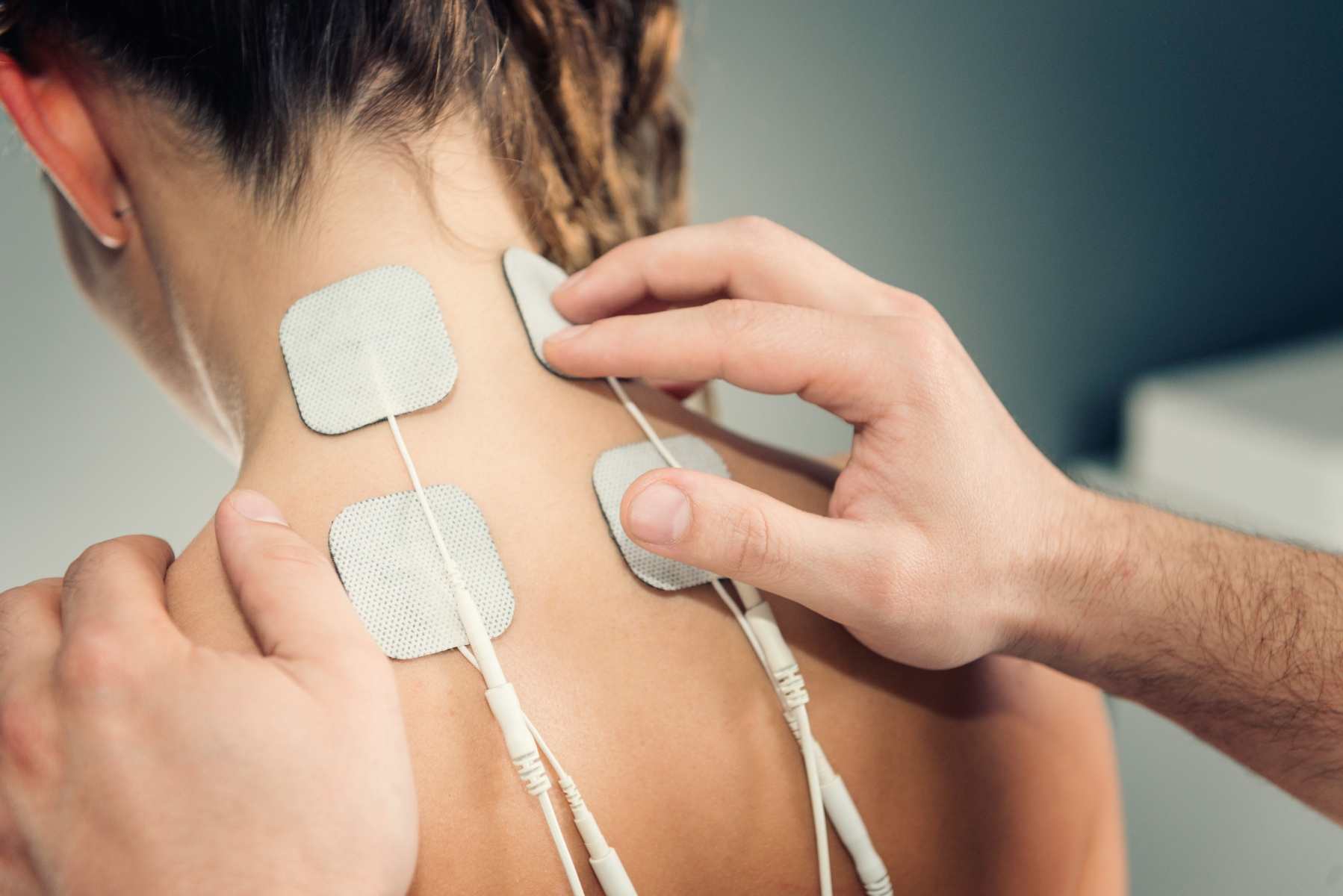Non-Surgical Degenerative Disc Disease Treatments
Not everyone with degenerative disc disease will require surgery to treat the problem. In fact, many people may find relief with conservative degenerative disc disease treatments. “Conservative” degenerative disc disease treatments include physical therapy, oral pain-relieving medications, and steroid injections into the problem area.
Physical therapy for degenerative disc disease encompasses a wide range of passive therapies — interventions that are done to you rather than you doing for yourself. For example, deep tissue massage, heat therapy, and cold therapy are passive physical therapies used to treat degenerative disc disease. Once these interventions have brought pain under control, active physical therapy includes strengthening and stretching exercises to help prevent your back from further injury and to relieve pain.
Chronic degenerative disc disease is rarely treated with opioids. Instead, nonsteroidal anti-inflammatory drugs are used. These medications may be over-the-counter or, when greater pain relief is needed, prescription NSAIDs may be provided. Unfortunately, there are certain side effects that may occur with long-term NSAID use such as gastrointestinal/stomach problems or kidney problems.
Steroid (corticosteroid) injections may provide pain relief for 1 to 6 months. Steroid injections, usually along with a local anesthetic, can help decrease local inflammation and swelling. This is especially helpful when the degenerative disc presses on surrounding tissues, such as nerves.
Other non-surgical but invasive degenerative disc disease treatments include electrothermal and radiofrequency therapies. Simply put, the devices deliver concentrated energy to the disc to destroy pain-causing nerves.
Surgery for Degenerative Disc Disease
While disc diseases are often treated with conservative treatments first, many people will ultimately need surgery for degenerative disc disease. There are many forms of spinal surgery for disc disease, which can be confusing. The following is a list of procedures from which a spinal surgeon may choose when planning surgery for degenerative disc disease:
- Facetectomy — A facet joint is the main type of joint along most of your spine. While facet joints stabilize the spine, they can also press on nearby nerves. A facetectomy is a procedure to remove the joint (or part of the joint) and relieve the pressure.
- Foraminotomy — A foramen (foramina) is a hole in a body part. A bone foramen allows nerves and blood vessels to pass through it. When this hole is too narrow, it can press on the tissues that pass through it. A foraminotomy is spinal surgery procedure to make the foramen larger again, allowing free passage of the nerve. This can relieve pain and dysfunction.
- Laminectomy — The lamina is the rear part of the vertebra. Its main purpose is to act as a covering to protect the spinal cord. Unfortunately, the lamina sometimes presses on the spinal cord and/or the nerves that branch out from the spinal cord. A surgeon performs a laminectomy to remove the lamina and relieve the impingement (pressure on the nerves).
- Discectomy — In the other procedures described, the vertebral bone was changed in some way. However, in many cases the intervertebral disc is to blame, not bone. In a discectomy, the intervertebral disc is removed — the bone may not be disturbed at all. A discectomy is a disc disease surgery used to treat people who have a herniated disc (slipped disc, bulging disc) that causes pain and/or neurological symptoms.
- Anterior cervical discectomy fusion (ACDF) — A small incision is made in the anterior (front) of the neck so the surgeon can view the cervical (neck) region of the spine. The intervertebral disc is removed and the vertebral bones on either side of the disc (top and bottom) are fused together. The bones can be fused with a combination of hardware (metal plates and screws) and bone or bone-like substances.
- Posterior cervical fusion (ACDF) — A small incision is made in the posterior (back) of the neck so the surgeon can view the cervical (neck) region of the spine. The vertebral bones on either side of the disc are fused together.
- Artificial disc replacement — The damaged disc is removed, but instead of fusing the vertebra together, an artificial disc made of metals and plastic is installed in its place. The advantage of artificial disc replacement is that patients have greater range of motion with replacement over fusion disc disease surgery.
Discuss Degenerative Disc Disease Treatments With a Professional
Whether you need conservative treatment or spinal surgery for degenerative disc disease, contact the spine surgeons at Regional Orthopedics. The dedicated, specially trained experts at Regional Orthopedics provide a “one-stop,” multispecialty service at their Staten Island location that includes on-site diagnostic imaging and a broad range of degenerative disc disease treatments. Contact iOrthoMD The Orthopedic Institute today for an appointment.





